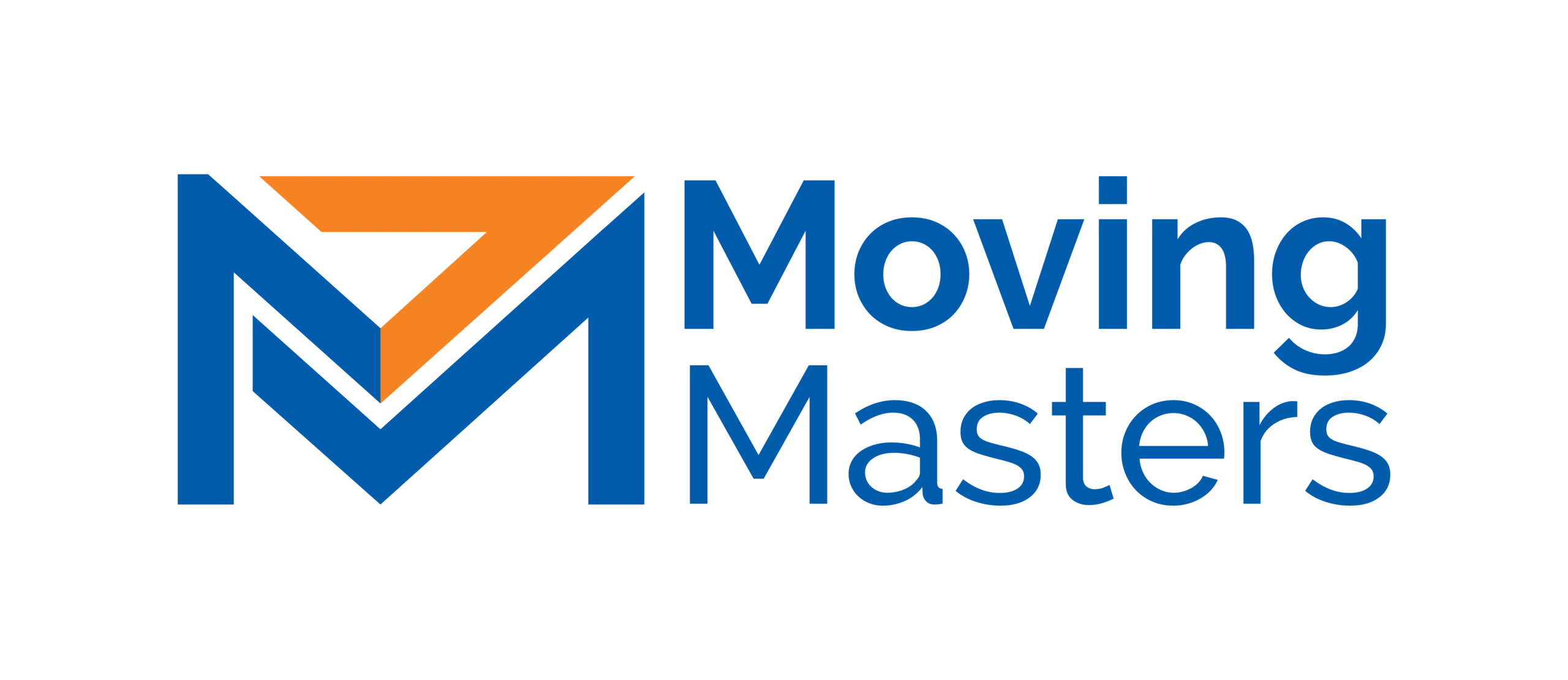
Planning a cross-country move from Washington, D.C. can be overwhelming for government agencies and businesses with complex equipment, sensitive files, and tight timelines. Major moves such as office and government relocations present many distinct challenges that go well beyond packing boxes and scheduling trucks. From coordinating with federal logistics teams to preparing modular furniture and IT infrastructure for transport, there’s a lot to manage.
To help fine tune the process, this article reviews what to expect when relocating your office or agency across the country and how to prepare for a smooth transition. No matter the size or distance, smart planning ahead of time is what separates a chaotic move from a controlled one.
Determining The Size of Your Move
Cross-country moving, especially for companies and agencies, is far more involved than a standard residential relocation. These moves often involve large volumes of sensitive equipment, confidential records, modular furniture systems, and staff coordination across departments. Timing must align with operational schedules, agency guidelines, and often strict government-mandated regulations.
For federal employees, logistics may be partially handled through agency contracts or relocation programs, but responsibilities can vary. It’s important to clarify what aspects are covered and which fall under your team’s control. For example, agencies might provide housing or temporary storage, but your office may need to handle inventory preparation or IT disassembly.
Be clear on weight limits, shipment types (air, freight, storage), and delivery timelines. When relocating entire departments or field offices, overlapping responsibilities between GSA, IT services, movers, and facilities management can easily cause delays if left unchecked. Relying on experienced movers familiar with government contracts and obligations can help alleviate once aspect of overlap.
Planning Your Cross-Country Move
Successful cross-country moving begins with having an organized timeline in place. For large moves, having decent lead time is fundamental since these moves can take significant preparation. Start early on by meeting with department heads to assess furniture layouts, tech infrastructure, and packing requirements. Make sure to assign point people for areas of IT equipment, office equipment, important records, and common spaces.
Keep everyone in sync with a digital master plan; tools such as Trello, Asana, or Google Sheets work well for this. Try to buffer at least one extra week into the schedule to accommodate unforeseen issues, especially any delay in final property access or staffing changes.
During initial planning, identify if you’ll need specialized services like AutoCAD layout support, modular furniture reconfiguration, or climate-controlled storage.
Physical organization is just as important. Use a color-coded sticker system to categorize what will be shipped, stored, or donated. Modular systems should be disassembled by professionals who know the brand specifications, especially for government buildings that may require specific reinstallation procedures.
File and archival material should be handled using barcode-labeled carts to prevent loss or misplacement. IT hardware should be inventoried, labeled, and packed with proper shock-resistant materials.
Packing For Your Cross-Country Move

Once timelines and logistics are in place, start physically preparing for the move about four to six weeks before departure. Try to tackle low-use areas first to get momentum without disrupting daily operations.
Sensitive documents should be packed securely and stored in weather-safe containers. For offices with classified materials or records under retention schedules, check with compliance teams before packing or disposing of anything.
Pack a “departure kit” for each department with essential supplies needed immediately upon arrival. Include pens, scissors, cleaning wipes, chargers, labeled floor plans, a hard copy of the moving checklist, and other daily tools. For tech-heavy teams, this kit might also include socket adapters, extension cables, router cables, or spare surge protectors.
Before moving day, try to designate a room or zone as “off-limits” where high-value items including ID badges, confidential files, and staff laptops can be stored temporarily. Remove any remaining trash, clean out appliances, and discard perishables.
If time allows, schedule a “take what you want” day to let staff pick up office supplies or non-essential equipment that won’t be making the trip.
Arrival and Set-Up at the New Location
Once the move is complete, it’s tempting to unpack everything immediately. But more often than not, a staged move usually works best, especially for larger operations.
Start by placing items into assigned categories, such as tech, documents, furniture, supplies, and unpack only what is needed first. Keep any artwork, books, promotional materials, or other non-essential items boxed for later. If space allows, use sticky notes to label shelves, drawers, and storage closets before unpacking.
Try to group similar items together, such as all printer supplies in one cabinet and all conference room tech in another. When possible, reference the original layout and adjust based on the new space’s workflow and access points.
For agencies or departments with incoming staff, make the new space feel familiar by using familiar decor, furniture, signage, or even scents. Small touches like framed group photos or a familiar wall clock can go a long way in creating a sense of continuity.
Cross-country moving for larger operations takes foresight, flexibility, and detailed coordination. With the right preparation, your team can minimize disruptions and return to productivity much faster.
Final Steps Toward a Successful Relocation

Relocating from Washington, D.C., across the country demands careful planning, clear communication, and trusted support.
With so many moving parts, ranging from modular furniture and sensitive files to IT equipment and long-term storage, being methodical from day one can prevent delays and reduce stress across your entire organization. With experienced movers, even big changes feel much more manageable.
Get a Quote For a Cross-Country Move With Moving Masters
At Moving Masters, we bring over 40 years of experience handling office and government relocations throughout the D.C., Maryland, and Northern Virginia region. Our crews are punctual, uniformed, and fully equipped to manage everything from IT system moves to furniture disassembly and warehouse storage.
If you’re preparing for a cross-country move and want dependable, experienced support from start to finish, contact us at (301) 278-8988 or on our website to request a free, no-obligation estimate. We’re ready to help your team move forward safely, efficiently, and without disruption.

